Real estate investment? Learn about the instruments to invest in real estate
In the past, it was very common to think that the subject of investments was exclusive to big businessmen, people with high purchasing power and large sums of money. However, investment is part of financial education, which unfortunately is very difficult to instill in Mexican society.
- DAY October 30, 2021
- COMMENTS

Investing in real estate is one of the best ways to make your money grow and solve economic crises like the one we are currently experiencing, not to mention that it works with a great retirement fund plan.
Investments generate juicy returns that help savings keep pace with inflation and even outpace it. Experts recommend diversifying in order to generate higher returns and minimize the possibility of losses.
Likewise, it is important to be aware of the different types of investments, returns, interest, commissions and/or initial amounts, since there are endless forms of savings, such as bank accounts, investments, installments, certificates of deposit, real estate, retirement funds, among many others.
Why invest in real estate?
The real estate investment is one of the best (mostly) low-risk alternatives to achieve high returns in the long term. It is true that having an estate will always be the best way to guarantee the security of your money, but it is also possible to earn without acquiring property.
The real estate sector is one of the largest in the country, because it provides higher returns to investors; and it does not require large sums of money to enter.
Buying to live in is the most common. However, those who specifically seek to invest, obtain greater profit through the capital gain that is acquired over time or by the differential between the purchase and sale, especially those who perform these operations in pre-sale stages.
Security and flexibility are some of the benefits of this type of operation, since in addition to protecting personal finances in case of emergency, it can also serve as a financial guarantee when a loan or mortgage is required.
A high return on investment, this is calculated based on the conditions in which the purchase was made, the appreciation in the area and the money that the property receives at the time of sale, which usually increases over the years.

Types of investment instruments
The most common forms of investment are the purchase/sale and lease of real estate, but depending on the investor's profile, there are multiple instruments that may or may not be the best option.
The following are some of the most commonly used instruments in the real estate investment:
Real Estate Investment Trusts (Fibras)
Investment vehicle focused on both the acquisition and construction of real estate for lease and the results obtained from its operating cash flow are distributed through quarterly dividends. There are currently 15 trusts in the stock market focused on segments such as: office, industrial, hotel, commercial, among others.
In 2016, AMEFIBRA, a Mexican association that brings together the country's FIBRAS, was founded in order to represent the real estate industry listed in the capital markets.
In addition to being a source of liquidity for developers, Fibra's other objectives are to promote real estate development in the country; to contribute to the diversification of investment portfolios by providing a new alternative in a regulated market; and to promote financing for various market segments.
One of the main advantages of this instrument is that it allows you to invest in real estate without the need to buy one, in addition to "removing the part that you have to manage and fight with the tenant; you have the tax advantage that you get a little more money and it is much easier to sell a certificate than an apartment, for example".

When investing in Fibras, in addition to the current yield, the total yield is sought, which is the sum of the current yield plus the appreciation of the certificate, which depends not only on the good operation of the Fibra, but also on good macroeconomic conditions.
There is a psychology of the market, when there are certain events in the world or in Mexico that make that capital doubtful, there are two factors that affect it: the movement in the stock markets and the exchange rate.
CKD's (Certificados de Capital de Desarrollo)
Trust securities used to finance one or more projects and for the acquisition of one or more companies.
They promote infrastructure projects such as highways and airports, as well as commercial, real estate and mining projects, and projects that specialize in the development of private capital and technology.
As with Fibras, they operate through a trust, so the legal vehicle identified in the regulation is the "Certificado Bursátil Fiduciario" (CBF).
It should be noted that they do not have a nominal value, only a reference value, and the yields of these instruments are variable, depending on the benefits of each project. In addition, there are two important periods in their structure: investment and disinvestment, with a fixed settlement or maturity period.
CKD's arise to meet the needs of the Sociedades de Inversión Especializadas en Fondos para el Retiro (SIEFORES), which are entities that invest the resources of the AFORES and diversify their portfolios through alternative assets such as private companies and projects.
CERPI's (Certificados Bursátiles Fiduciarios de Proyectos de Inversión) (Investment Projects Trust Certificates)
These are the resources obtained by a company to finance its projects, as well as to invest directly or indirectly in shares, or corporate financing through one or more investment instruments.
CERPI's operate through a Trust whose resources are used to finance projects and must be operated by managers with extensive experience in the investment field they focus on.
They are designed as a tool similar to International Private Equity Funds and likewise allow pension funds, insurance companies and other domestic and foreign institutional investors to invest in a wide range of projects in different productive sectors of the economy.

TRAC or Exchange Traded Fund (ETF)
Also known as Equity-Related Securities (Trac's), they were created in 2002. They are like investment funds that are traded on the markets, just like shares, and can be bought and sold throughout a session at the quoted price. In other words, they are Certificates of Participation that represent the equity of investment trusts, which are placed on the Mexican Stock Exchange and allow the investor to buy or sell an index or portfolio of shares through a single share.
These instruments have their own characteristics that make them a good investment vehicle, since they are simple, useful and transparent to operate.

Among the most common ETF's according to the index they replicate are those of Fixed Income; Equities; Monetary; on national indexes; on regional indexes; on global indexes; and on sectors, the latter are funds that refer to business sector indexes, such as banking, telecommunications, pharmaceutical, biotechnology, construction, food, transportation; and can be national, regional or global in scope.
Each of the instruments of real estate investment If you are a beginner and wish to make your first investment in the stock market, it is necessary to have a certified brokerage firm as an intermediary, and then review your investor profile, short, medium and long term objectives, investment plans, etc.
These instruments are not only for investing in real estate (with the exception of Fibras), since they cover various sectors.
Each and every one of the experts agree on the ease and importance of investing, whether in real estate, commodities or stocks, as this allows the money to grow without being affected by inflation. Besides being an excellent plan for retirement.
What are you waiting for investing in real estate? Contact us, at iBrokers we have a juicy Return on Investment (ROI) when you venture into the real estate investment.
In addition, the added value that your property can gain over time, due to our accessibility, location, services and infrastructure, among many others, is enormous.






